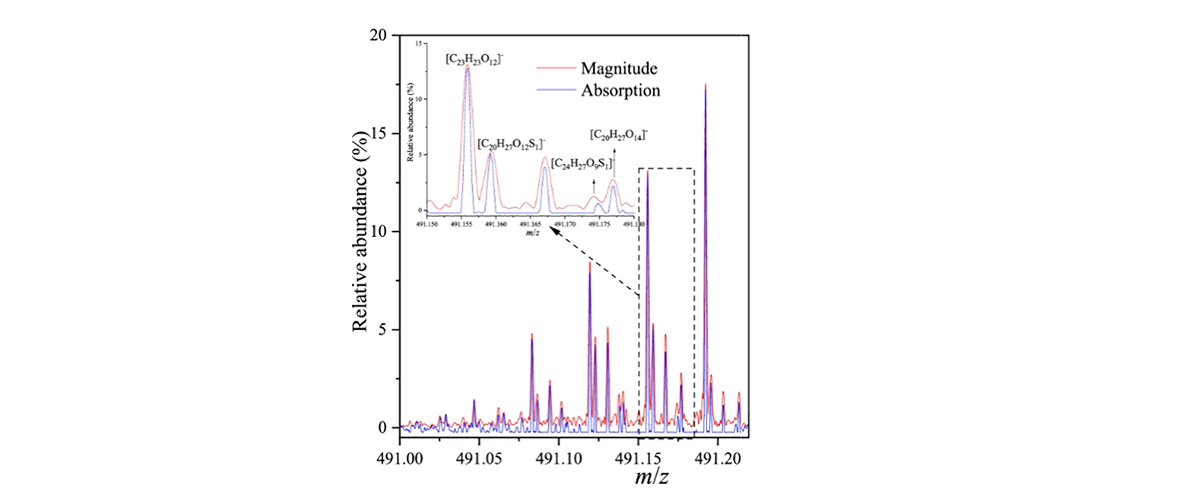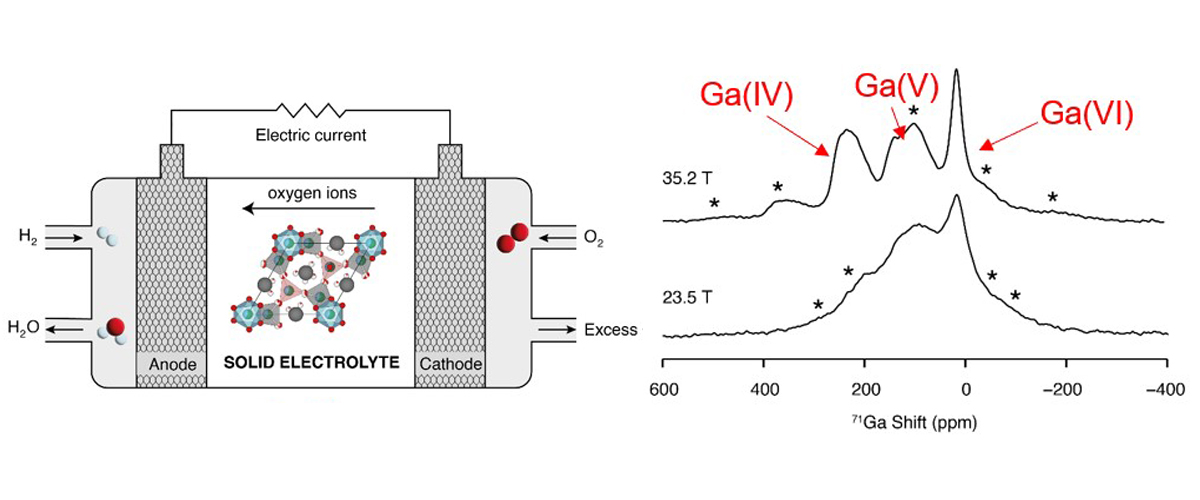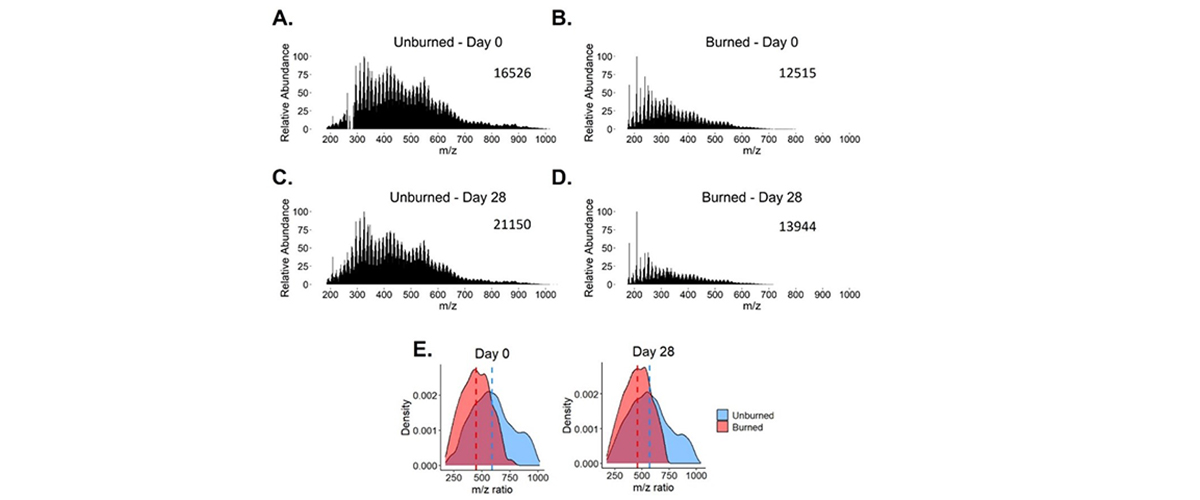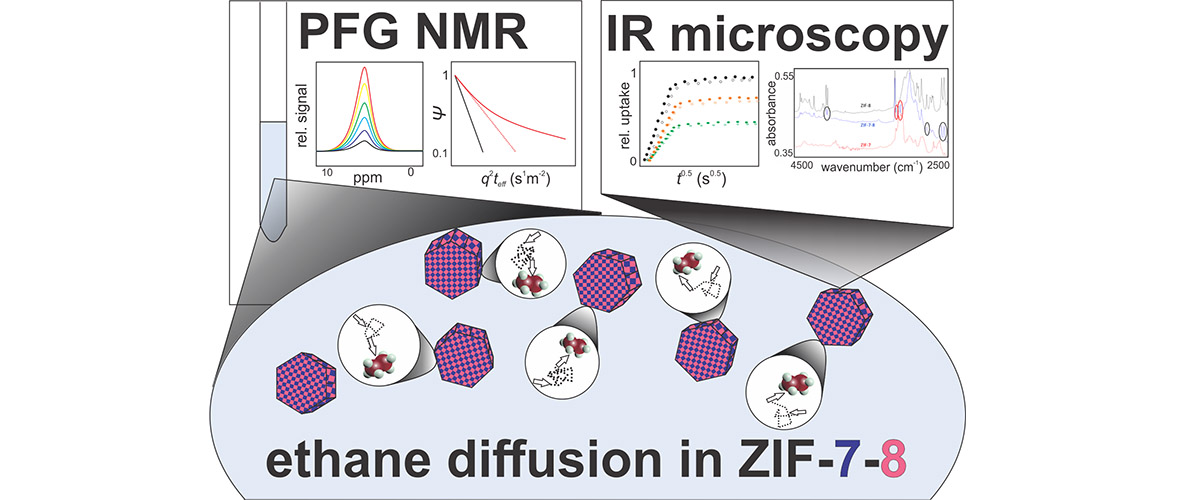What is the development?
Natural bodies of water contain many millions of unique chemical compounds, including both man-made pollutants and natural compounds created from the decomposition of dead plants, known as dissolved organic matter. MagLab FAIR data users were able to combine their own data with a dataset originally collected at the MagLab in 2022 to better characterize the millions of unique chemicals found in our waterways.
Why is this important?
Characterizing the highly complex mixtures of chemicals found in natural waterways is critical to understanding how man-made pollutants impact our environment. Scientists rely on highly sensitive analytical techniques like Fourier Transform Ion Cyclotron Resonance Mass Spectrometry (FT-ICR MS) for this purpose. To understand FT-ICR MS data, it must first be processed into a form that can be interpreted by scientists. There are multiple ways to do this, but a technique - developed at the MagLab - called “broadband absorption mode processing” produces higher quality data by lowering the error and improving the signal, allowing many more chemical compounds to be identified. The authors of this study analyzed data collected in their own lab and reanalyzed a dataset made publicly available by MagLab researcher Amy McKenna in 2022 to prove the superiority of this data processing method, paving the way for future dissolved organic matter studies to benefit from these improvements.
Who did the research?
Qing-Long Fu1, Chao Chen2, Yang Liu1, Manabu Fujii3, Pingqing Fu4
1China University of Geosciences, China; 2Guangdong Academy of Sciences, China; 3Tokyo Institute of Technology, Japan; 4Institute of Surface-Earth System Science, School of Earth System Science, Tianjin University, China
Why did they need the MagLab?
The data that were reused for this study were collected under the MagLab’s FAIR data protocols by the MagLab’s 21 tesla FT-ICR MS, the most capable instrument of its kind on the planet. The high quality of the data collected in 2022, along with the MagLab’s FAIR data protocols, allowed the old data to serve as a benchmark for comparison with the author’s newly-collected data, helping them to demonstrate the validity of their result.
Details for scientists
- View or download the expert-level Science Highlight, Reuse of MagLab Data Enhances the Processing of Dissolved Organic Matter Mass Spectra
- Read the full-length publication, FT-ICR MS Spectral Improvement of Dissolved Organic Matter by the Absorption Mode: A Comparison of the Electrospray Ionization in Positive-Ion and Negative-Ion Modes, in Analytical Chemistry - Data Set
Funding
This research was funded by the following grants: G.S. Boebinger (NSF DMR-2128556); National Natural Science Foundation of China (no. 42107484);
For more information, contact David Butcher.






